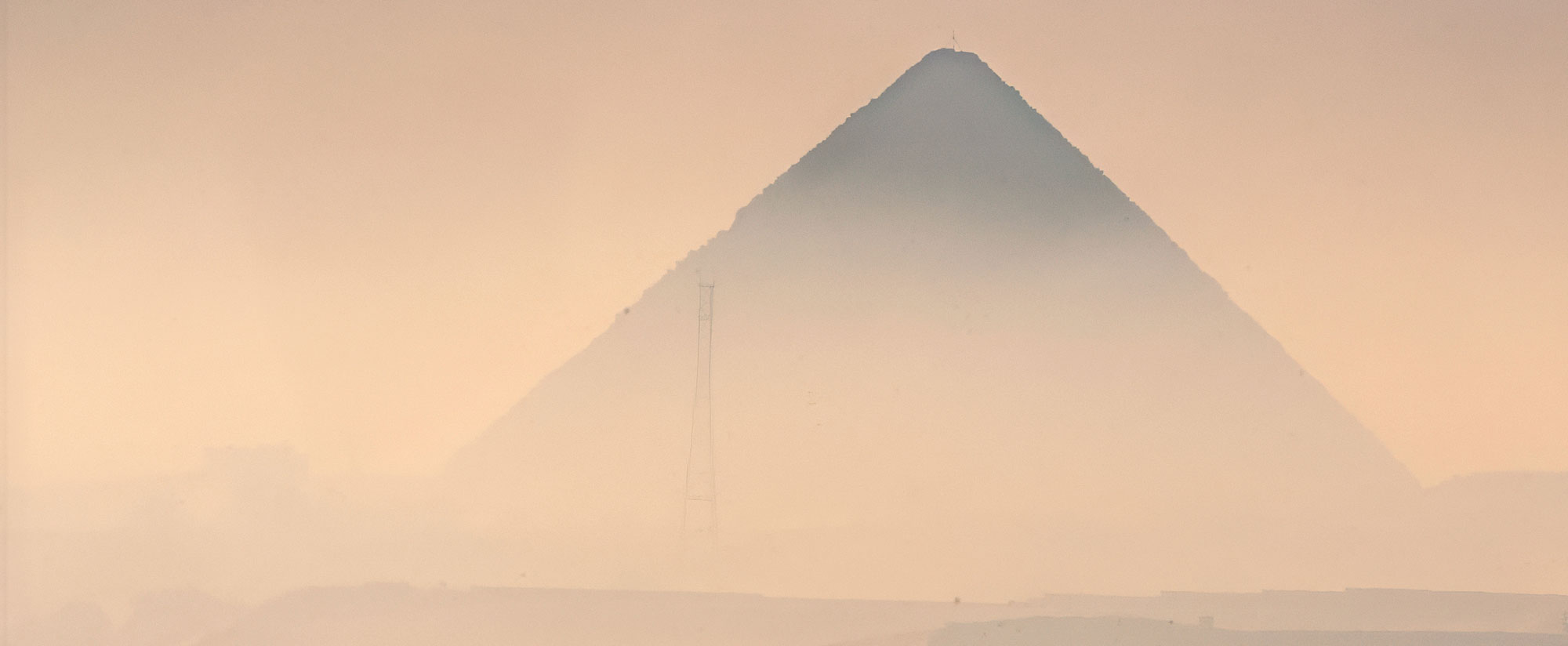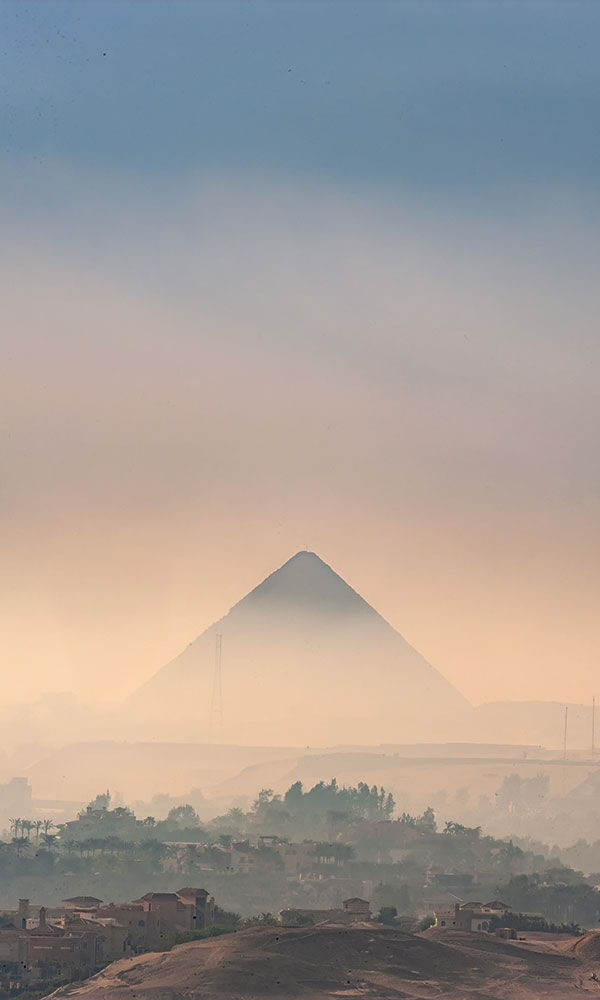MUNICH, GERMANY—According to a statement released by the Technical University of Munich (TUM), the ScanPyramids research project, conducted by researchers from Cairo University and TUM, has identified two air-filled anomalies on the eastern side of the pyramid of the pharaoh Menkaure. Estimated to have been built some 4,500 years ago, the Menkaure Pyramid is the smallest of the three main pyramids on the Giza Plateau. The pyramid’s known entrance, on its northern side, features stone blocks that had been polished smooth. Similar blocks on the pyramid’s eastern side hinted that there may have once been an entrance there as well, so the team members used georadar, ultrasound, and electrical resistivity tomography to gather more information. When they combined the collected data, the researchers found the two anomalies, and determined that the first void is about four and a half feet behind the outer facade and measures about three feet tall and five feet wide. The second anomaly rests almost four feet behind the outer facade, and measures about three feet tall and a little more than two feet wide. “The testing methodology we developed allows very precise conclusions to be drawn about the nature of the pyramid’s interior without damaging the valuable structure," said Christian Grosse of TUM. "The hypothesis of another entrance is very plausible, and our results take us a big step closer to confirming it.” Read the original scholarly article about this research in NDT & E International. To read about recent research on the plateau's largest pyramid, go to "Secrets of the Seven Wonders: Great Pyramid of Giza."
Scientists Scan Egypt’s Menkaure Pyramid with High-Tech Tools
News November 13, 2025
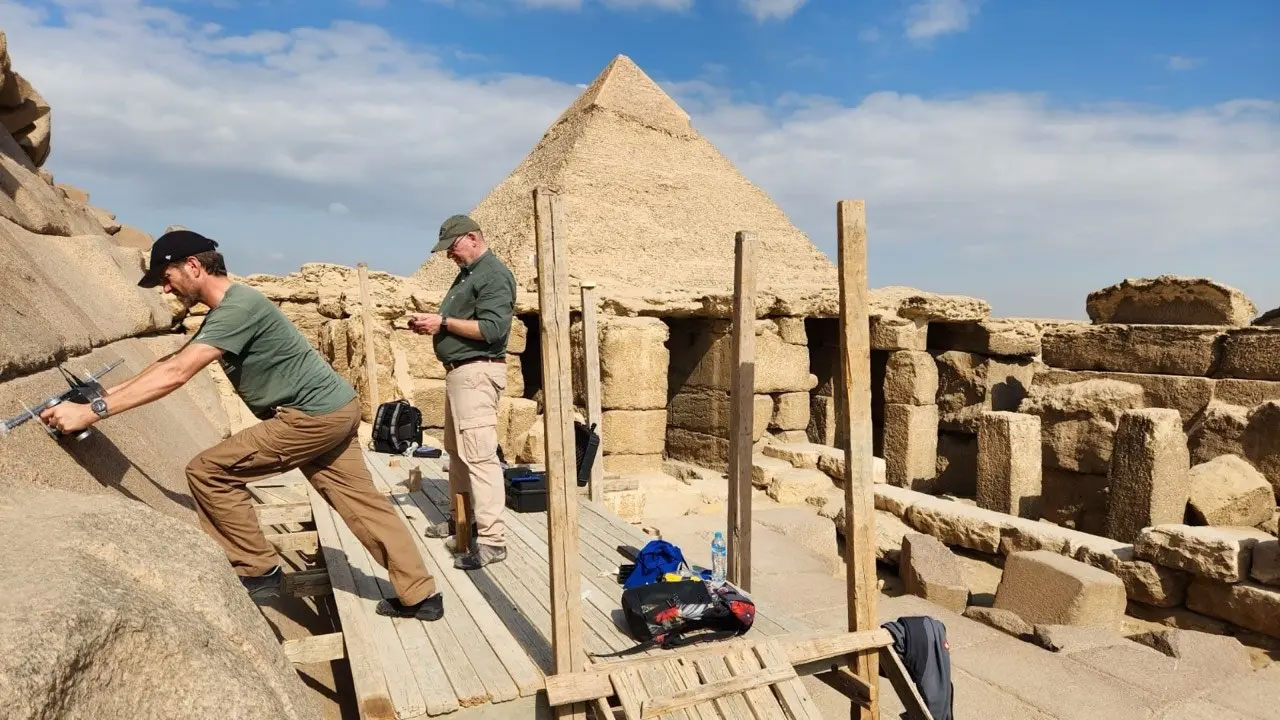
Recommended Articles
Digs & Discoveries November/December 2023
The Queen’s Jewels
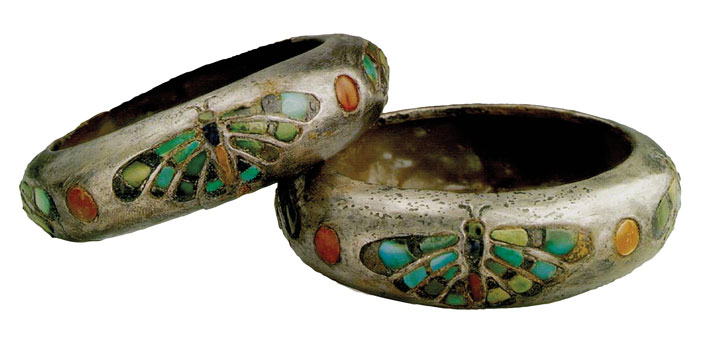
Features July/August 2022
Journeys of the Pyramid Builders
The story of the highly skilled workers who helped build Egypt’s Great Pyramid is emerging from a papyrus cache unearthed at the world’s oldest harbor

Artifacts July/August 2021
Egyptian Copper Tools
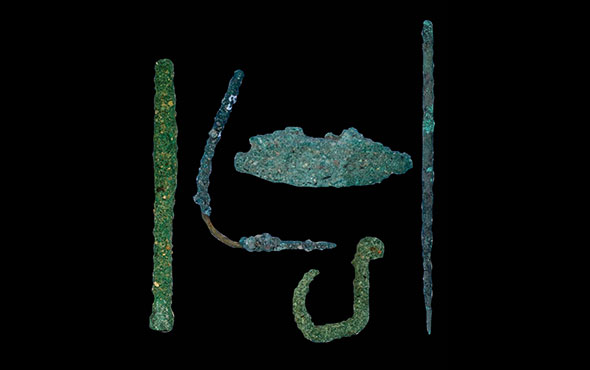
Digs & Discoveries November/December 2018
Let Them Eat Soup
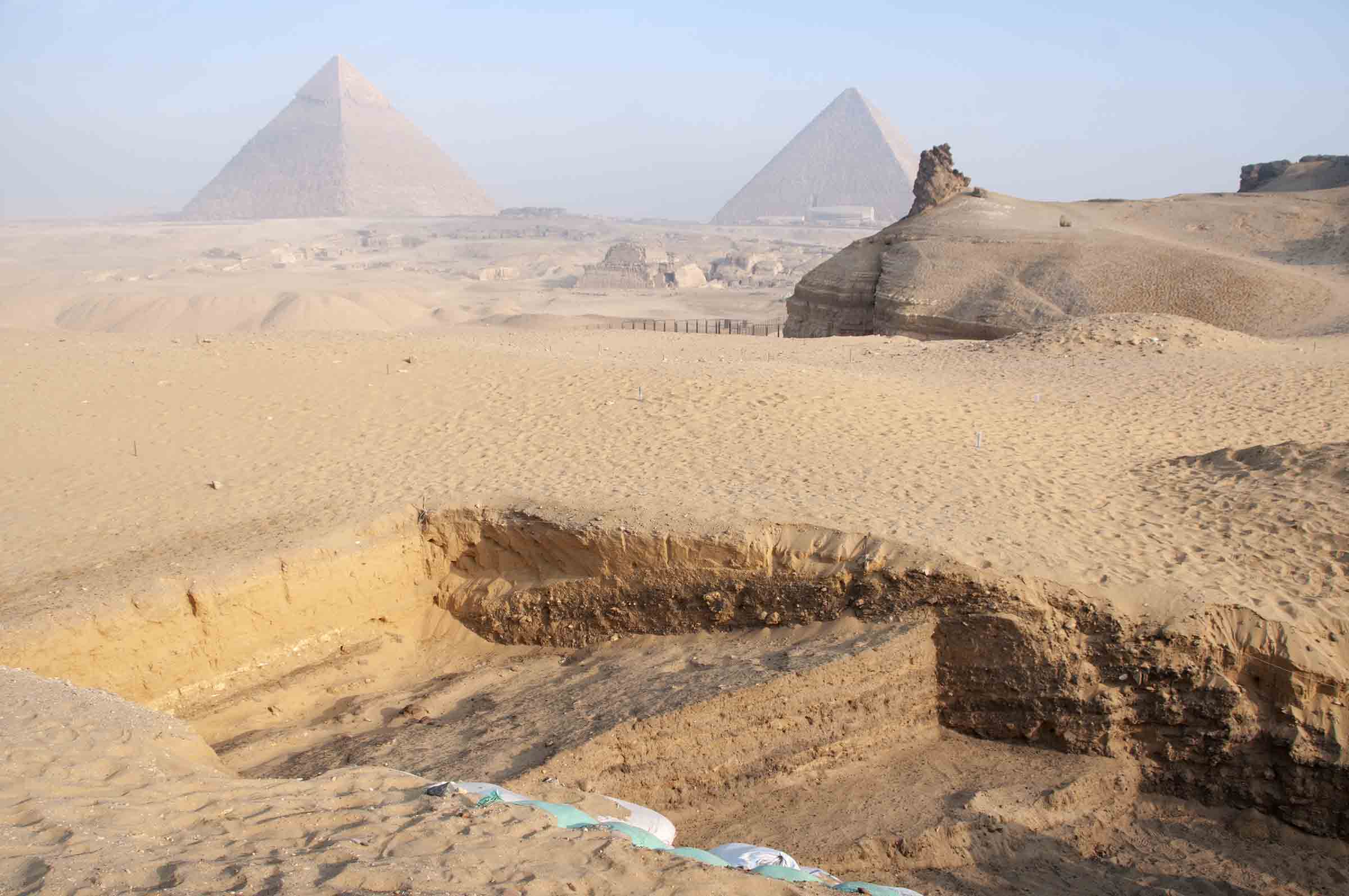
-
Features November/December 2025
Acts of Faith
Evidence emerges of the day in 1562 when an infamous Spanish cleric tried to destroy Maya religion
 Adriana Rosas/Alamy
Adriana Rosas/Alamy -
Features November/December 2025
Temples to Tradition
A looted cache of bronzes compels archaeologists to explore Celtic sanctuaries across Burgundy
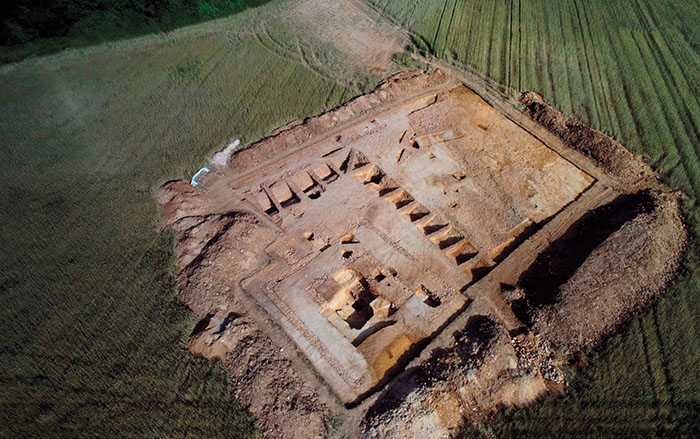 M. Thivet, MSHE
M. Thivet, MSHE -
Features November/December 2025
Oasis Makers of Arabia
Researchers are just beginning to understand how people thrived in the desert of Oman some 5,000 years ago
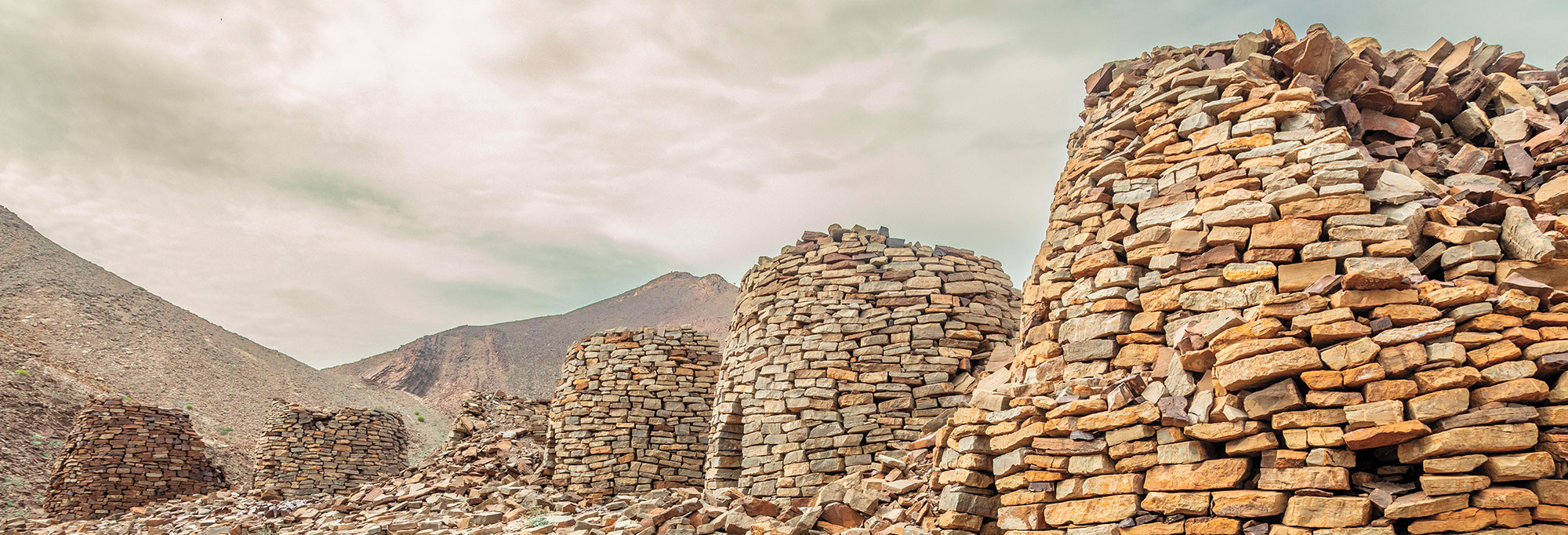 Vadim Nefedov/Alamy
Vadim Nefedov/Alamy -
Features November/December 2025
Searching for Venezuela’s Undiscovered Artists
Inspired by their otherworldly landscape, ancient people created a new rock art tradition
 José Miguel Pérez-Gómez
José Miguel Pérez-Gómez


